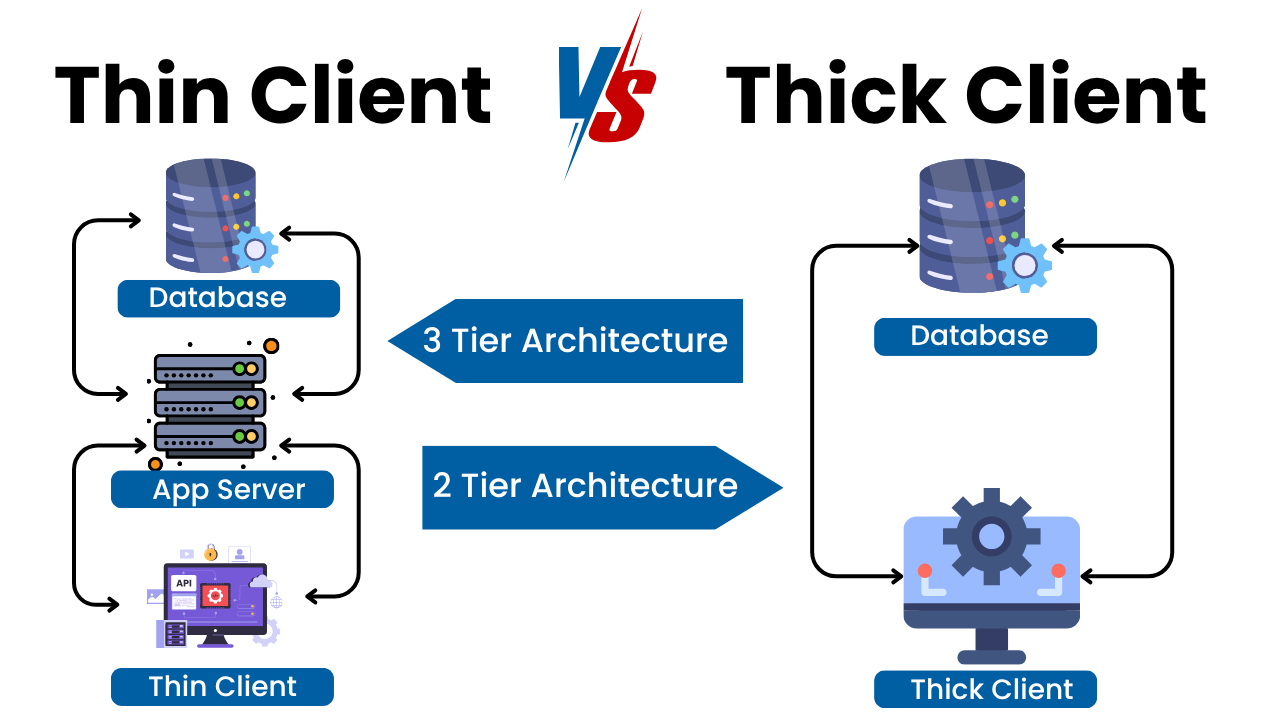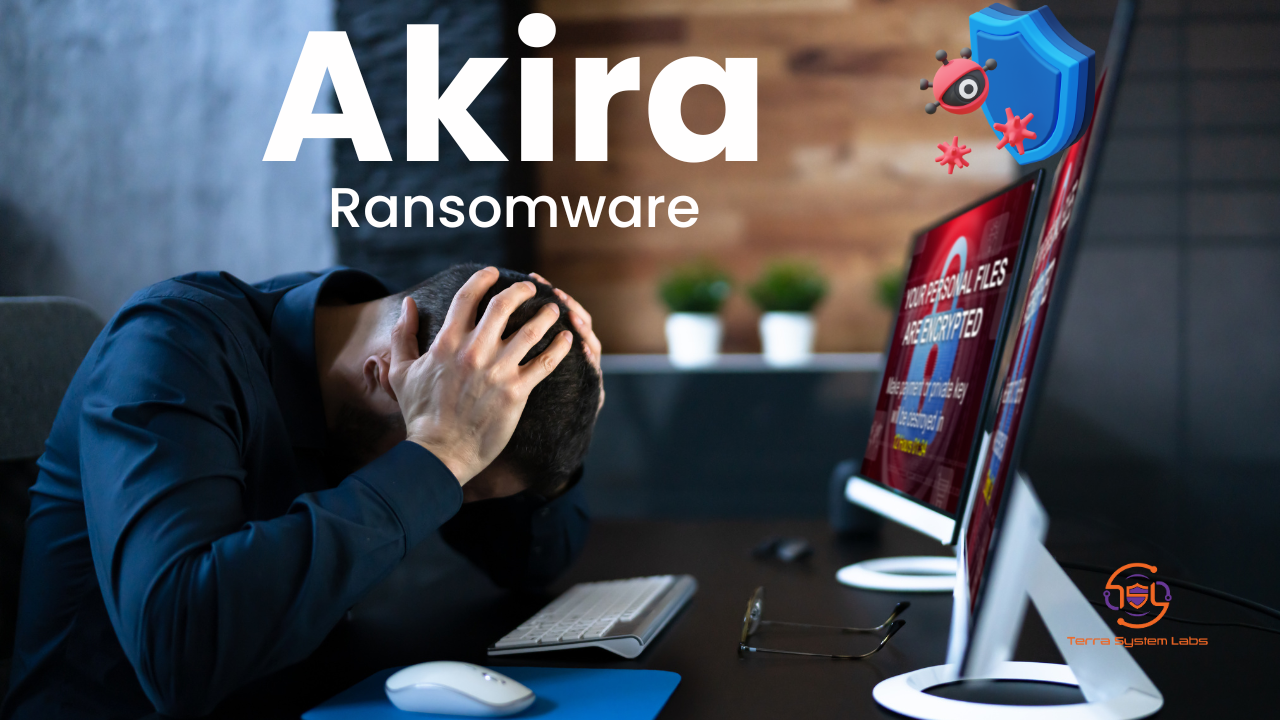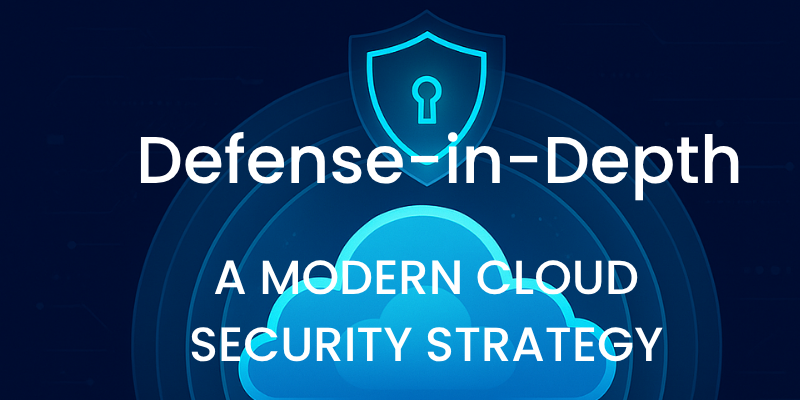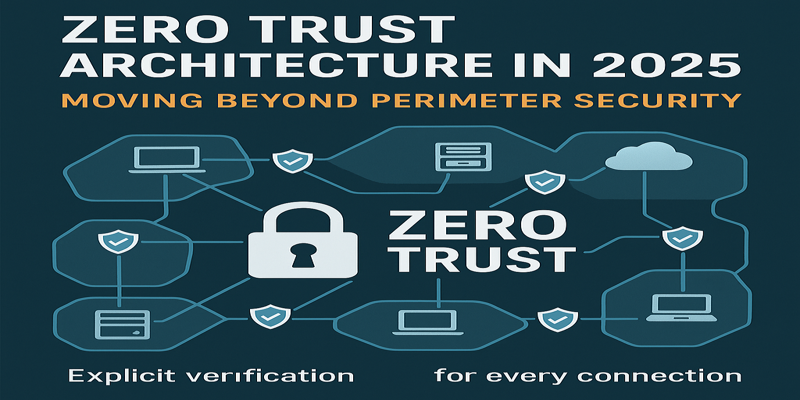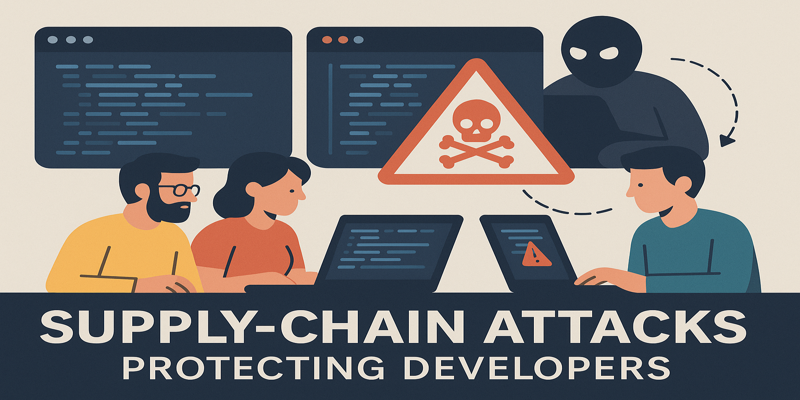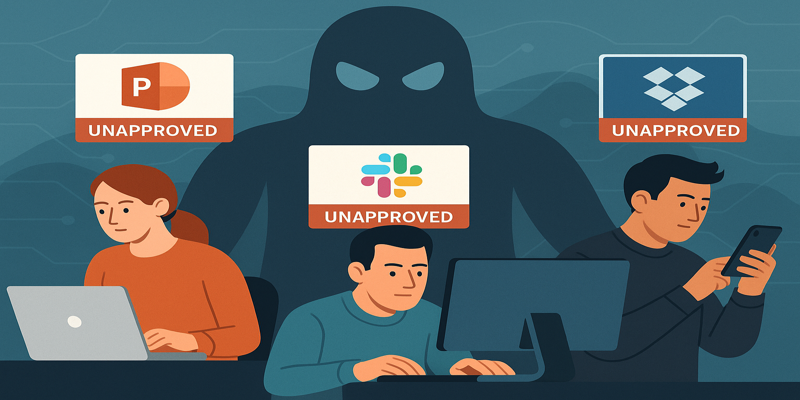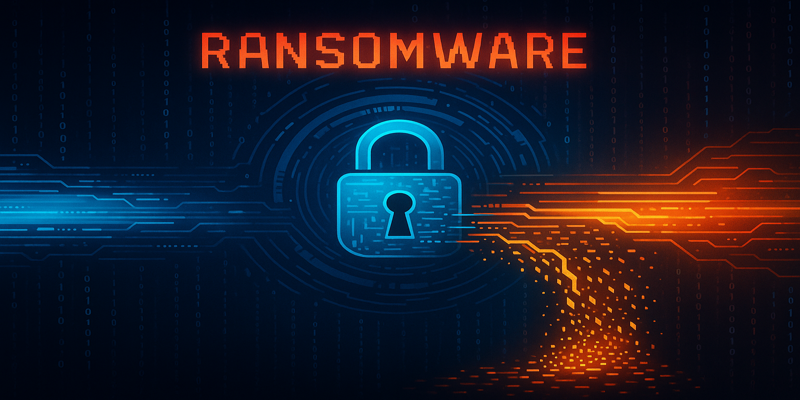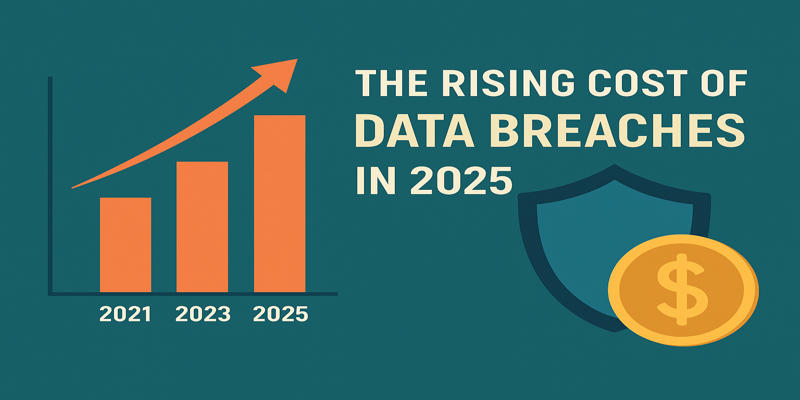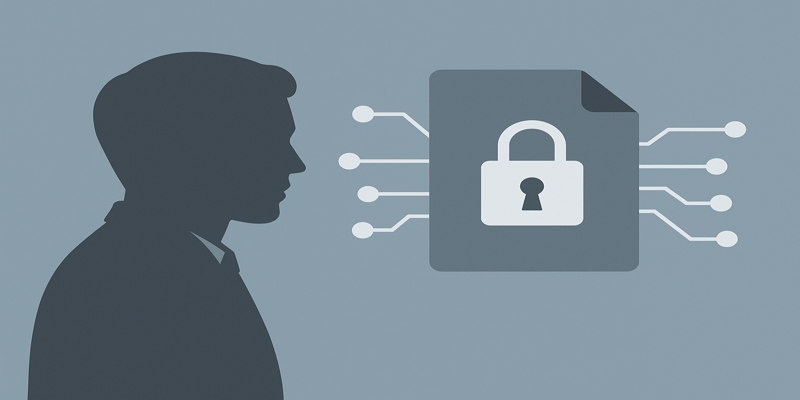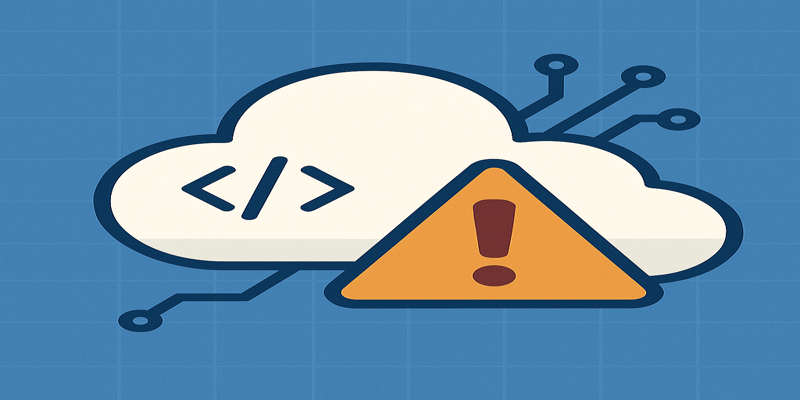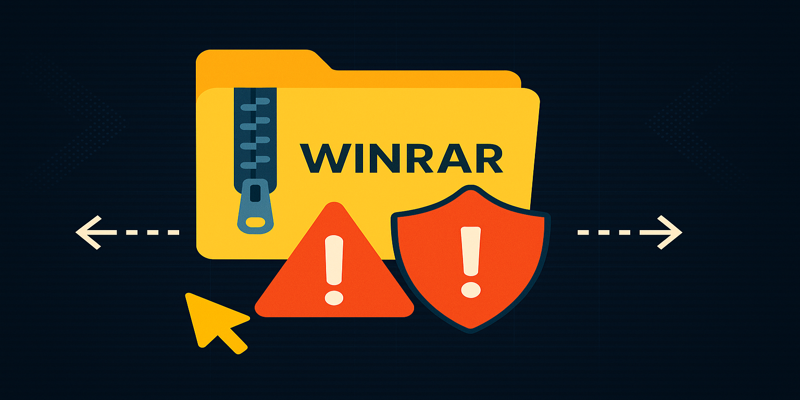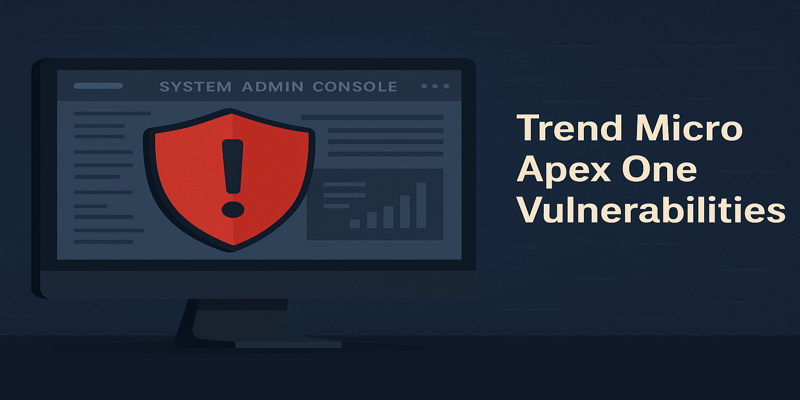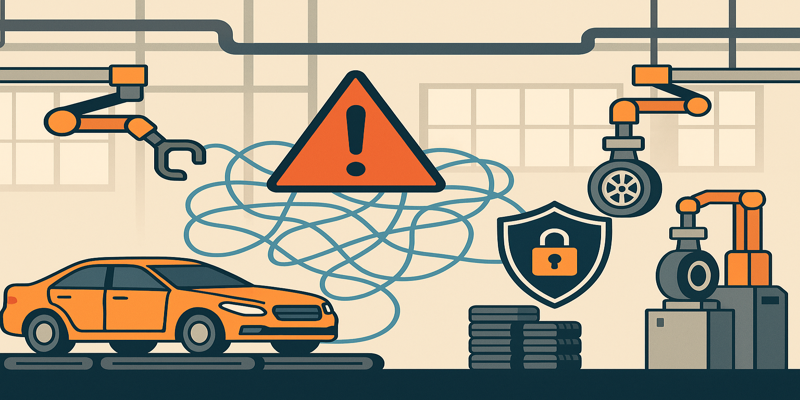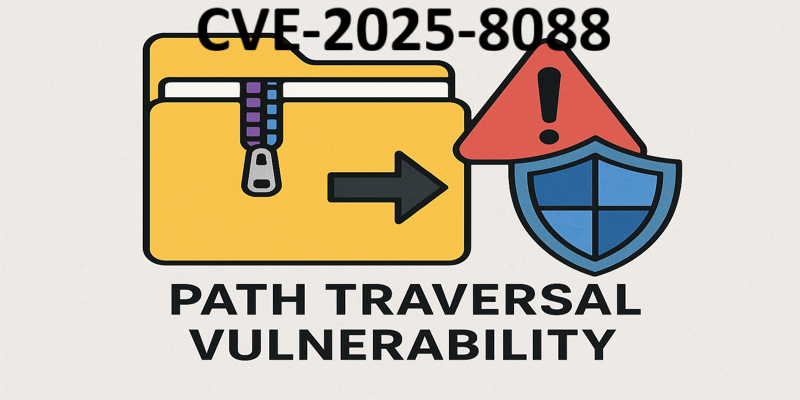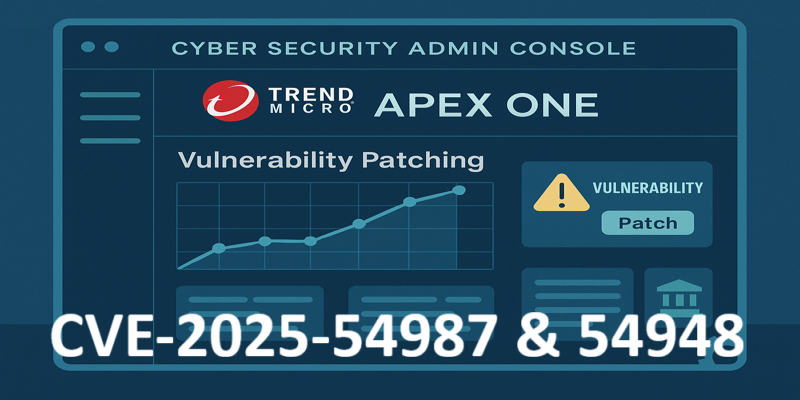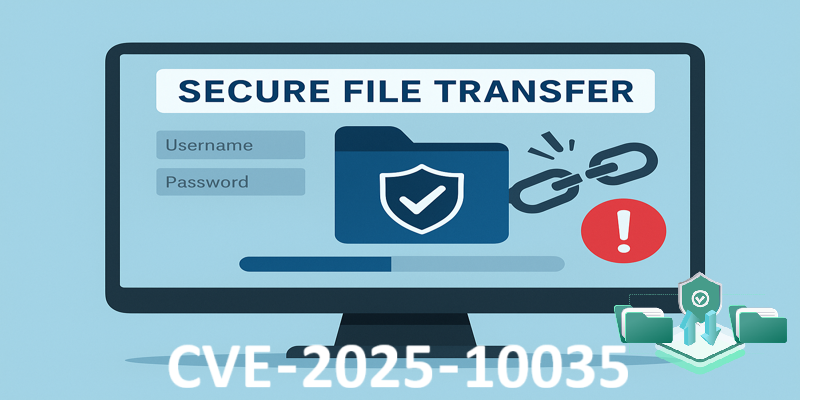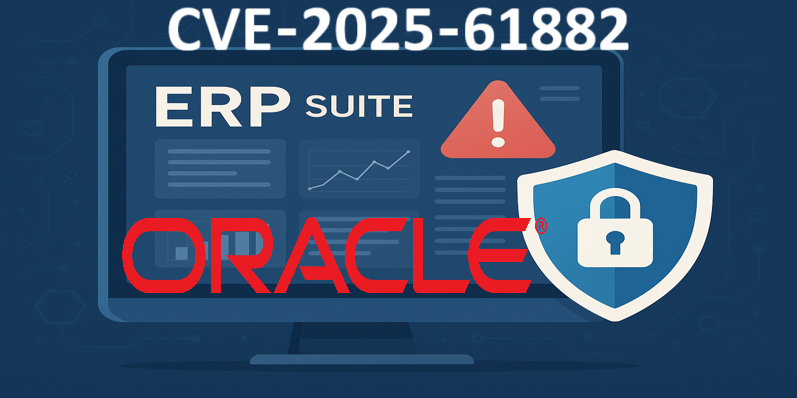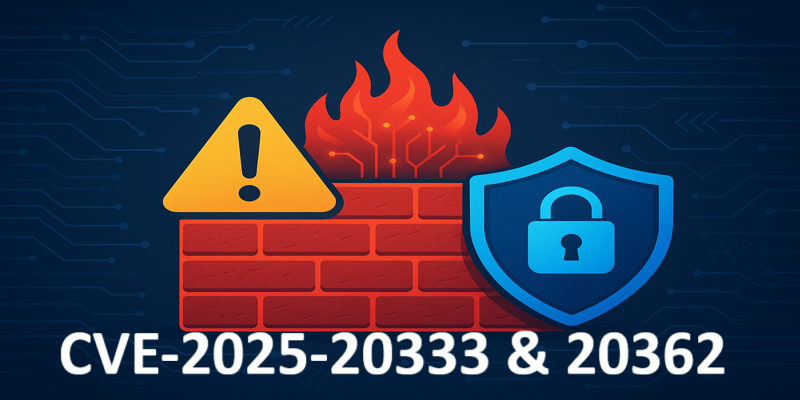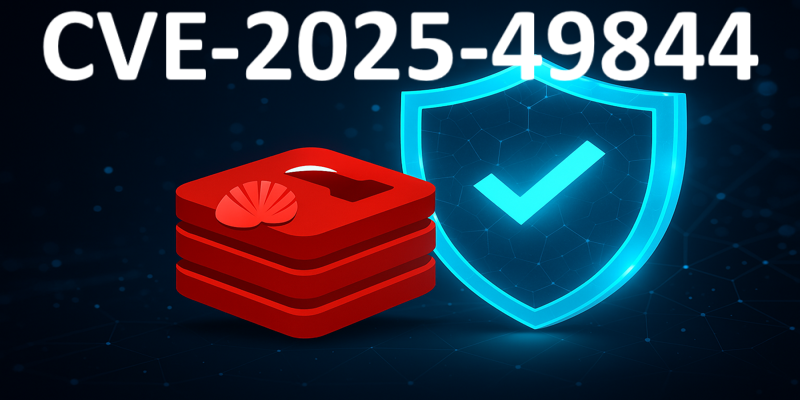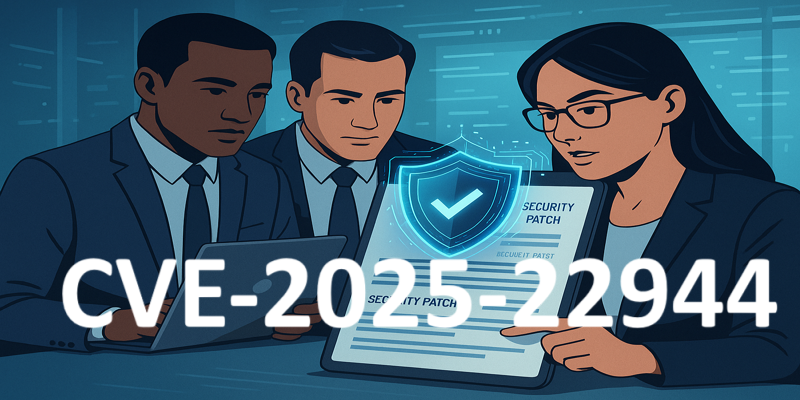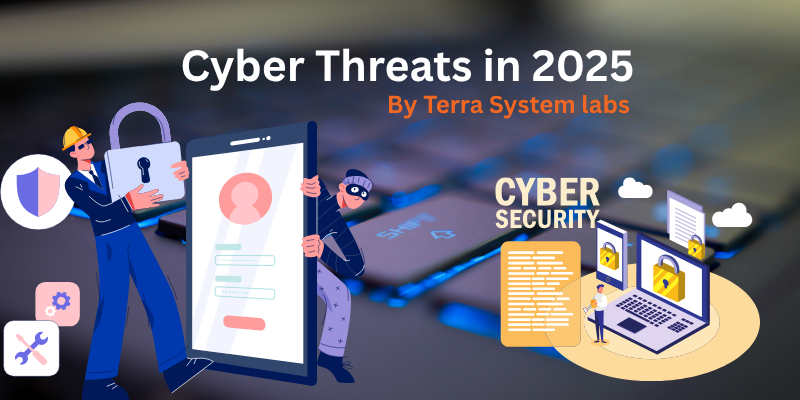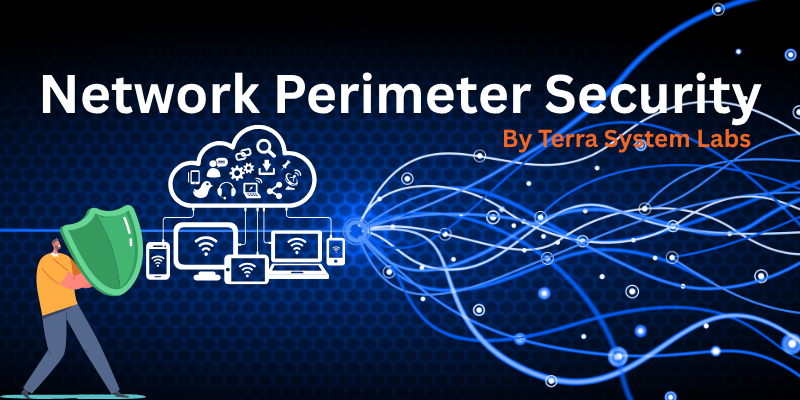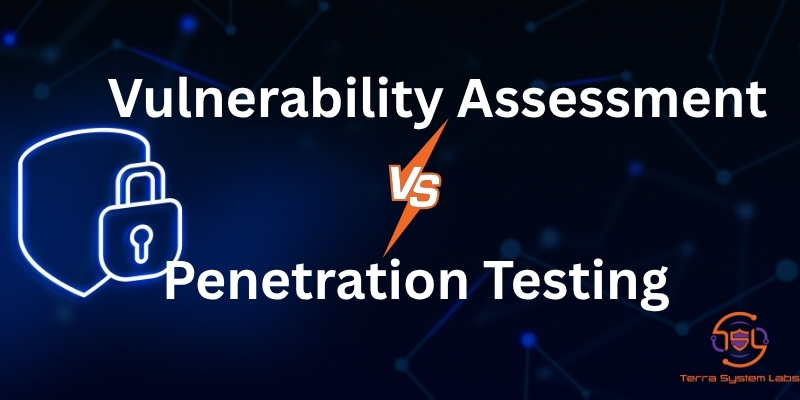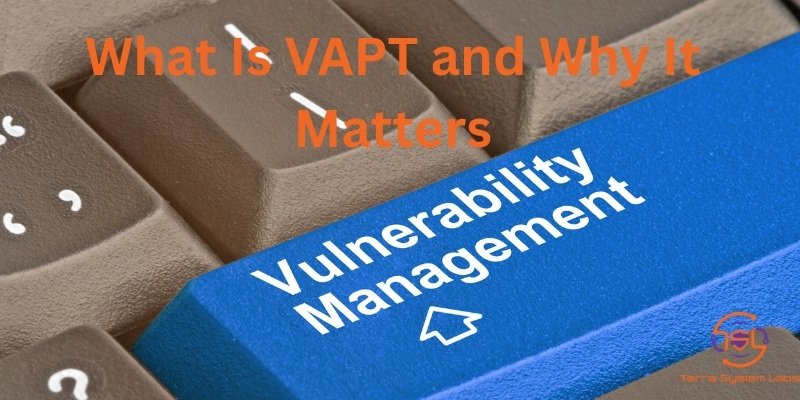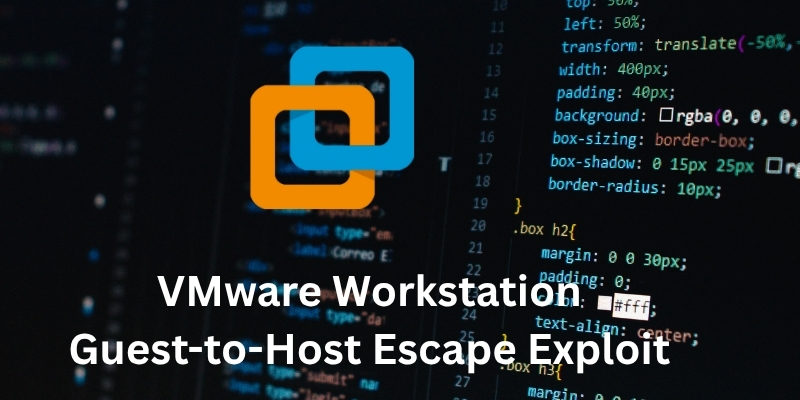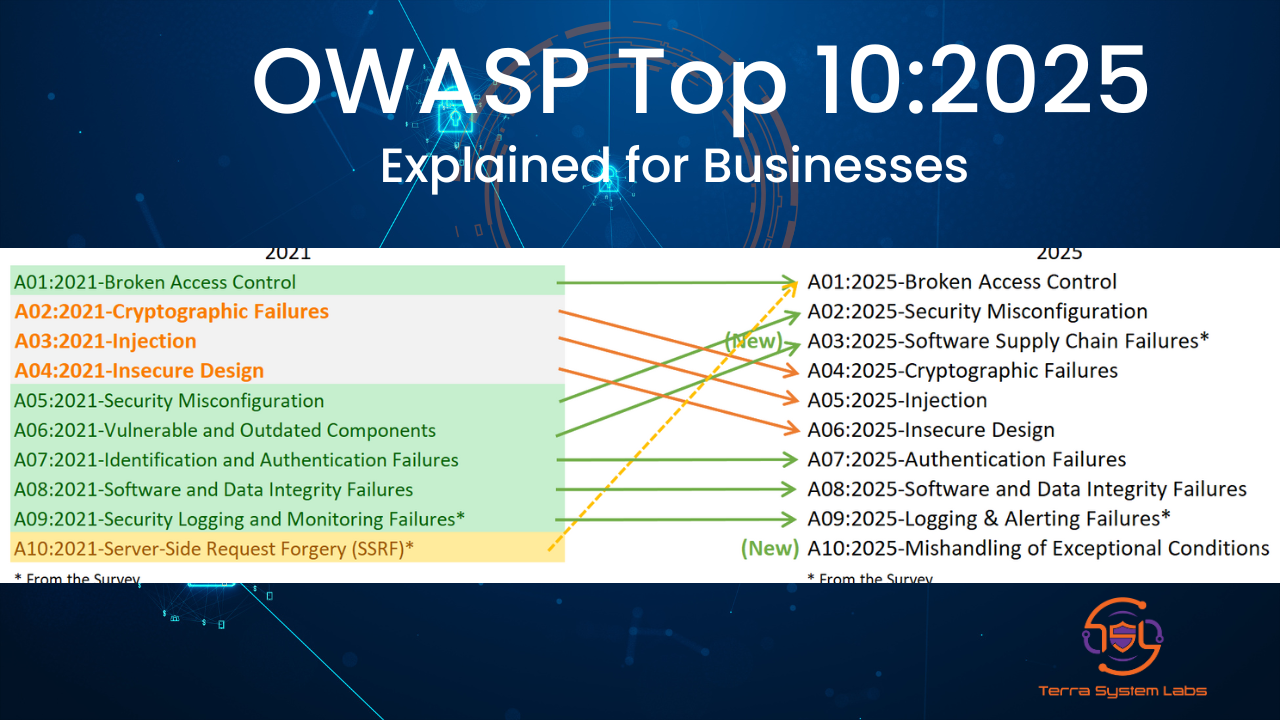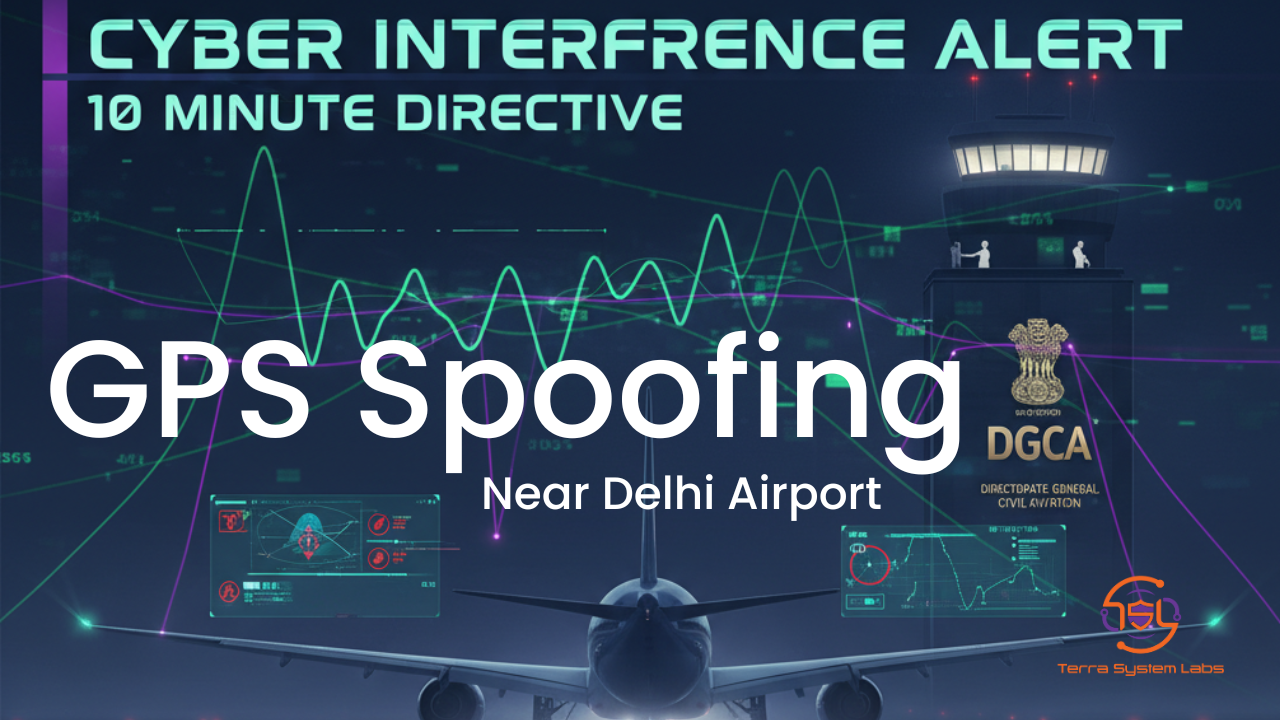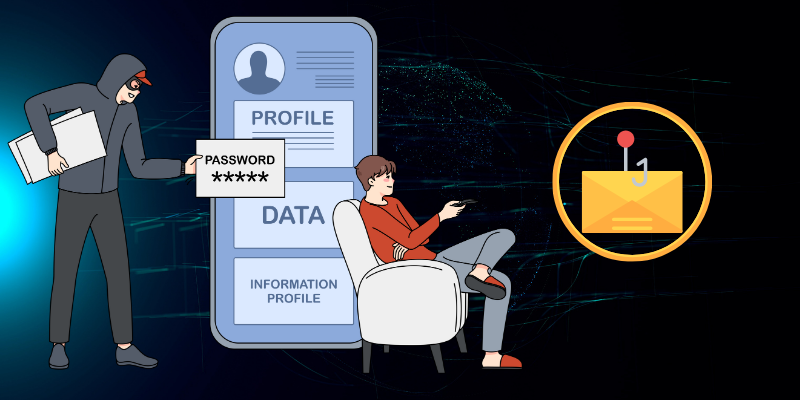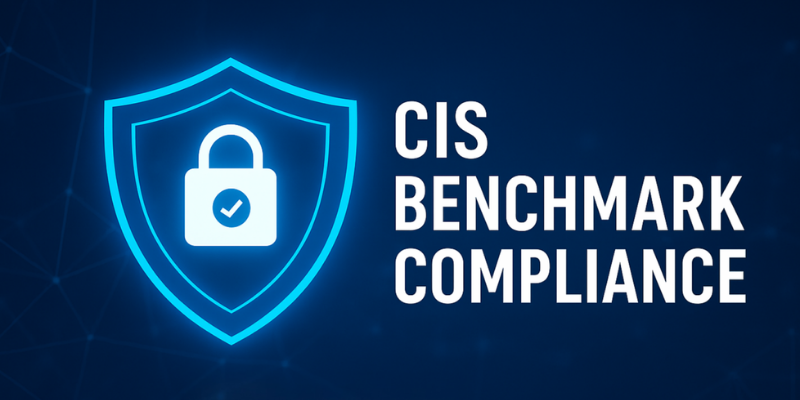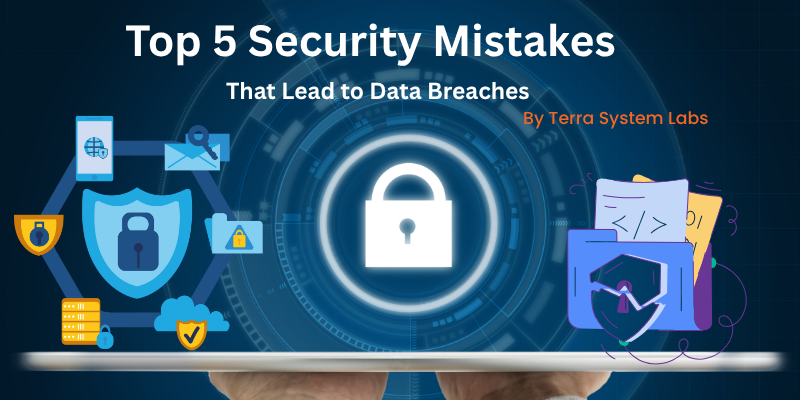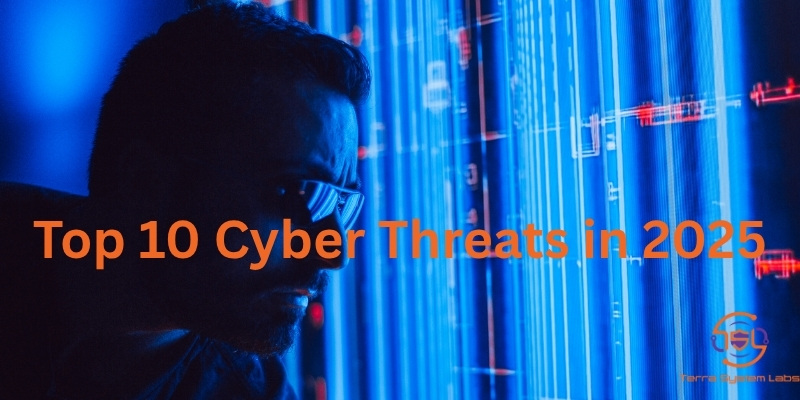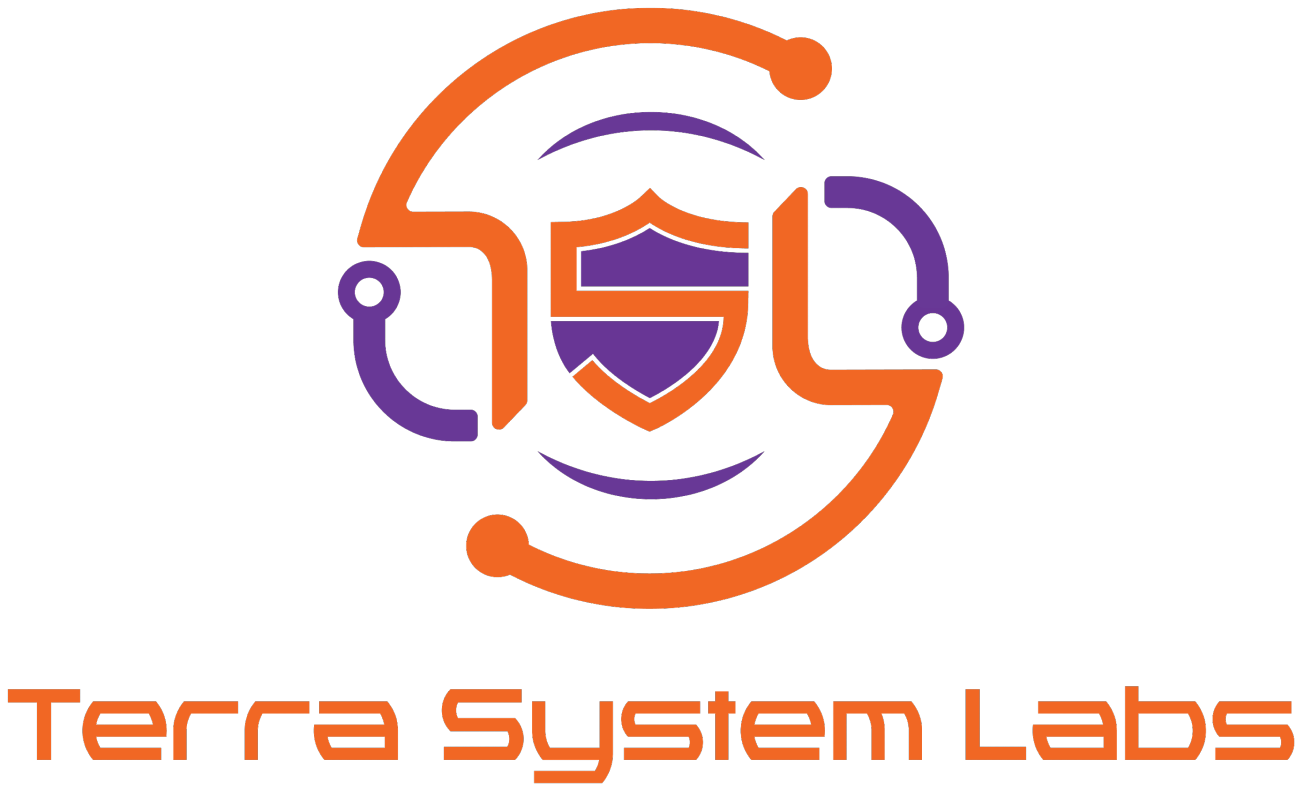Understanding Network Perimeter Security in Modern Enterprises
The New Meaning of “Perimeter”
Once upon a time, your network perimeter was simple. Everything inside your firewall was "safe," and everything outside was "risky." Those days are gone.
In today’s world of remote work, cloud platforms, and SaaS applications, the perimeter has evolved. It is no longer a single line; it’s a complex web of endpoints, identities, APIs, and cloud assets.
But despite this shift, the perimeter still matters. It has just become distributed and software-defined.
Protecting it means reducing your attack surface, detecting intrusions faster, and ensuring compliance in a constantly changing environment.
What Makes Up the Modern Network Perimeter
Modern perimeter security isn’t just about firewalls anymore. It includes multiple layers of defense that work together.
1. Network Access Control
Limit who and what connects to your network. Use:
-
Next-generation firewalls with least-privilege rules
-
Network segmentation and micro segmentation
-
Access control (802.1X, posture checks) for LAN and Wi-Fi
2. Secure Connectivity
Protect data as it travels between locations:
-
SD-WAN or IPsec tunnels with strong encryption
-
Zero Trust Network Access (ZTNA) to replace legacy VPNs
-
Private service connections for cloud workloads
3. Application Edge Protection
Shield public-facing applications from attacks:
-
Web Application Firewalls (WAFs) and API gateways
-
Bot management and DDoS mitigation
-
End-to-end TLS and certificate lifecycle management
4. Identity and Device Security
Because identity is the new perimeter:
-
Enforce SSO and MFA everywhere
-
Use conditional access based on device health and location
-
Manage admin privileges through just-in-time elevation
5. Visibility and Detection
You can’t protect what you can’t see:
-
IDS, IPS and Network Detection & Response (NDR)
-
Centralized logging with a SIEM
-
DNS security and deception beacons for early detection
6. Cloud and SaaS Guardrails
Your perimeter extends into the cloud:
-
Use CSPM and CWPP for cloud visibility
-
Add CASB tools for SaaS governance
-
Enforce policy-as-code to prevent drift in CI/CD pipelines
The Evolving Threat Landscape in 2025
Enterprises face a new wave of threats targeting the extended perimeter:
-
Exposed services and forgotten endpoints
-
Phished credentials leading to VPN or console access
-
MFA fatigue attacks tricking users into approving malicious logins
-
Shadow IT through unauthorized SaaS usage
-
Flat internal networks aiding ransomware spread
-
Unsecured APIs with missing authentication or rate limits
-
Misconfigured cloud buckets leaking sensitive data
Key Design Principles for Strong Perimeter Defense
-
Never trust, always verify. Apply Zero Trust logic everywhere.
-
Default deny. Block everything until it’s explicitly allowed.
-
Segment wisely. Separate networks by function and sensitivity.
-
Control egress traffic. Stop malware and data exfiltration early.
-
Automate compliance. Use code and policy to prevent misconfigurations.
-
Measure and prove. Document every control for audits and investigations.
A Practical 90-Day Perimeter Security Roadmap
Days 0–30: Audit and Contain
-
Map every public-facing service and close unused ports
-
Enforce MFA across all admin and remote access
-
Enable WAF for all web apps and APIs
-
Centralize logs and start NDR monitoring
Days 31–60: Strengthen Controls
-
Add DNS egress filtering and block risky categories
-
Pilot ZTNA for internal or admin applications
-
Enforce NAC for employee vs guest devices
-
Segment traffic in cloud environments
Days 61–90: Reduce Lateral Movement
-
Implement micro segmentation for sensitive zones
-
Deploy deception beacons for early threat detection
-
Automate security guardrails in your CI/CD pipeline
-
Regularly review exposure and detection metrics
Common Mistakes to Avoid
-
Over trusting VPNs without posture or least-privilege
-
Allowing "temporary" firewall rules to stay forever
-
Relying only on perimeter firewalls and ignoring internal segmentation
-
Not monitoring SaaS and shadow IT usage
-
Ignoring egress traffic, a favorite for data theft
-
Skipping log correlation or not storing evidence long enough
Real-World Example
A mid-sized manufacturing company faced multiple ransomware attempts even after having strong firewalls.
When Terra System Labs assessed their setup, we found open ports at branch offices and flat LANs.
By implementing ZTNA, SD-WAN, micro segmentation, and NDR, the company reduced lateral movement by more than 80% and gained full visibility across its hybrid network.
Key Metrics You Should Track
-
External exposure count and remediation time
-
MFA coverage for remote and privileged users
-
Percentage of traffic covered by egress filtering
-
Detection-to-response time for network anomalies
-
WAF and API effectiveness compared to false positives
Aligning with Global Standards
Terra System Labs helps organizations align with:
-
ISO/IEC 27001: Access control, operations security, and network management
-
CIS Critical Controls: Network infrastructure management and monitoring
-
NIST CSF 2.0: Identify, Protect, Detect, Respond, and Recover
How Terra System Labs Can Help
At Terra System Labs, our cybersecurity experts deliver:
-
Perimeter and attack surface assessments
-
Zero Trust and ZTNA implementation
-
WAF and API security configuration
-
Micro segmentation and network hardening
-
Cloud and SaaS security posture management
-
24x7 SOC monitoring and incident response
We combine automation, analytics, and human expertise to make your perimeter both invisible to attackers and visible to defenders.
Final Thoughts
The network perimeter may have changed, but its purpose has not. It is still your first and most important layer of defense.
With the right mix of technology, visibility, and Zero Trust design, your enterprise can stay one step ahead of modern threats.
Secure your digital boundary today.
Visit Terra System Labs to schedule your Network Perimeter Security Assessment.
Recent Posts


